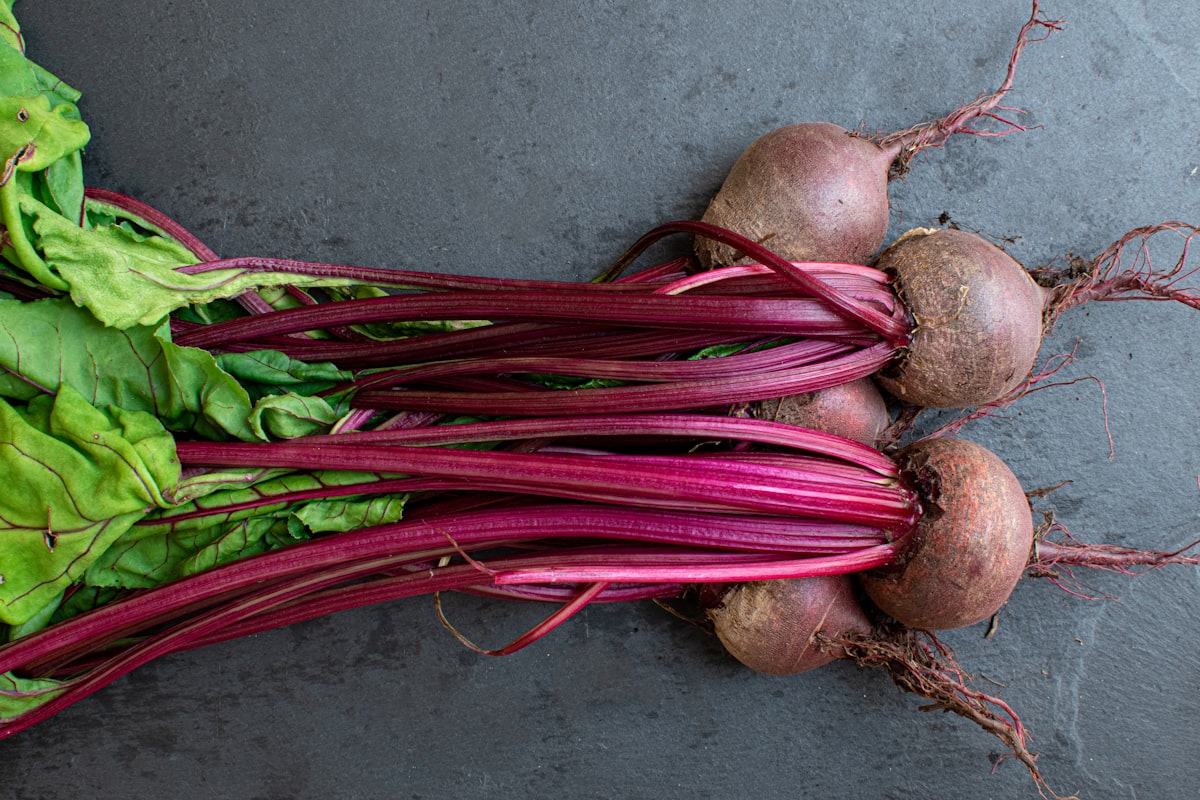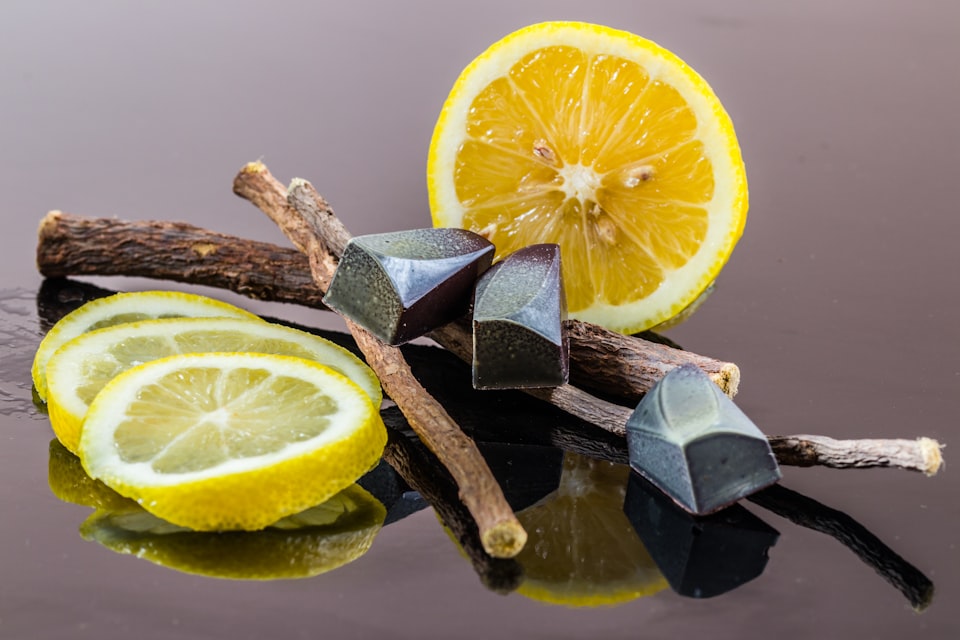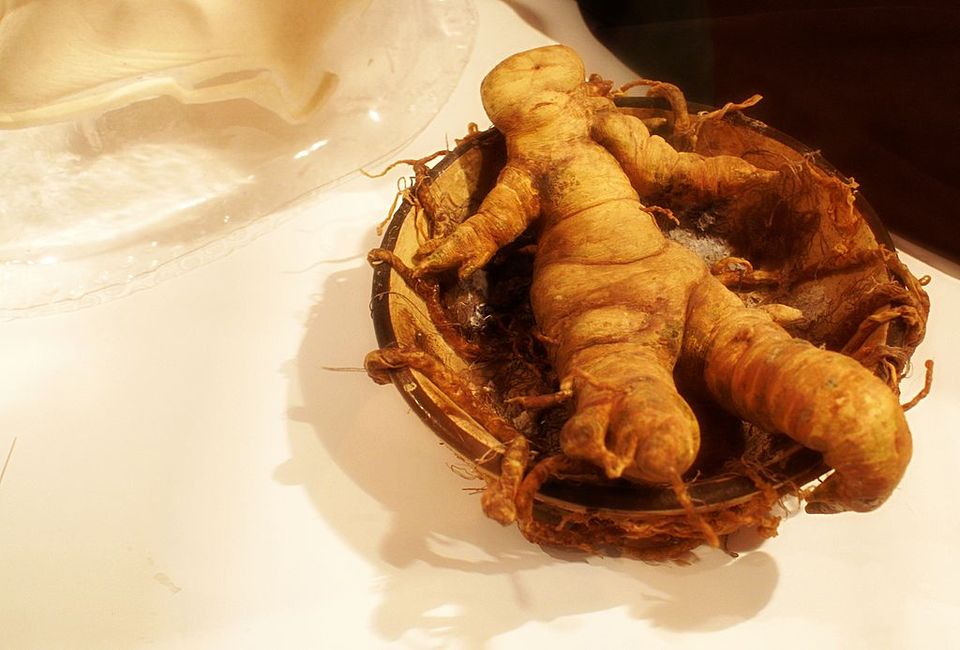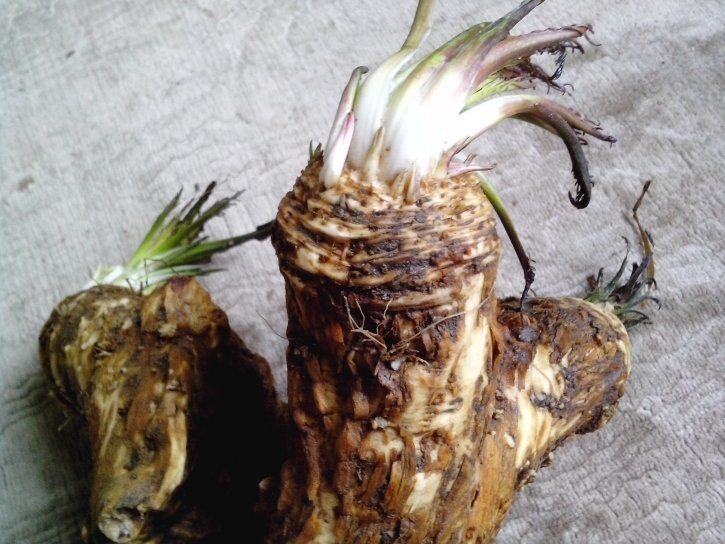IV: Beet
Sugar and urine and beets and war -- a sweeping story.

Good morning. Today is quartidi, the 4th of Brumaire, Year CCXXXI. We celebrate la betterave, a root that makes dishes blood red.
One thing that comes up often in this project is how many foods that seem quintessentially European originated in the Americas (potatoes, tomatoes, peanuts), so it can be fun to imagine what life was like before these existed. And when you think about sugar, you can easily imagine a story that goes: Europeans only had sugar fodder roots like beets and carrots before the Age of Discovery, when sugar cane – and the knowledge of how to harvest it for crystals and molasses – came back on ships and set off a huge craze that made some king or queen very wealthy.
But it's the opposite.



